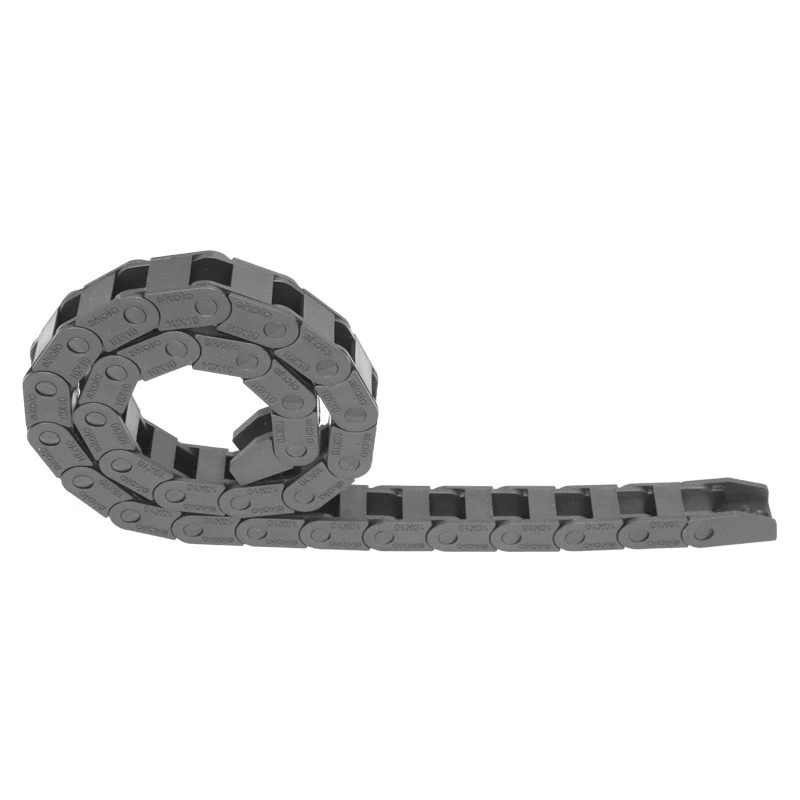flexible cable track
Understanding Flexible Cable Tracks A Comprehensive Guide
In today's rapidly evolving technological landscape, the need for efficient and versatile cable management solutions has never been more critical. One such solution is the flexible cable track, a system designed to organize, protect, and manage electrical cables and hoses in a variety of applications. This article delves into what flexible cable tracks are, their benefits, applications, and key considerations when choosing the right system for your needs.
What are Flexible Cable Tracks?
Flexible cable tracks, also known as cable carriers or drag chains, are mechanical systems that guide and protect cables and hoses in motion. They consist of interconnected links that form a channel through which cables can be routed. This setup allows for smooth movement and prevents tangling, wear, and damage to cables, particularly in dynamic environments where movement is constant.
Benefits of Using Flexible Cable Tracks
1. Protection from Wear and Tear One of the primary advantages of flexible cable tracks is their ability to shield cables from abrasion and environmental stress. In scenarios where cables are repeatedly bent or stretched, the risk of damage increases significantly. A cable track mitigates this risk by providing a controlled pathway for cables, ensuring longevity and reliability.
2. Improved Organization Cable tracks help maintain a clean and organized working environment. By collecting cables in a single, defined pathway, it reduces clutter and enhances safety by minimizing the risk of tripping hazards.
3. Enhanced Mobility In applications involving machinery or robotics, flexible cable tracks support greater mobility. They are designed to accommodate various movements such as bending, twisting, and turning, ensuring that cables remain securely in place while allowing for the freedom of movement essential for dynamic operations.
4. Reduced Downtime By preventing cable damage and ensuring reliable connections, flexible cable tracks contribute to minimizing downtime in operations. This efficiency can lead to significant cost savings, especially in industries where machinery downtime results in lost productivity.
Applications of Flexible Cable Tracks
Flexible cable tracks are employed across a myriad of industries
. Some notable applications include- Manufacturing In automated production lines where machinery requires extensive cabling for power and communication, flexible cable tracks facilitate organized cable management.
flexible cable track

- Robotics Robots often require cables for power and control. Flexible tracks can handle the intricate movements of robotic arms, ensuring that cables do not obstruct their functionality.
- Cranes and Hoists In heavy machinery, such as cranes and hoists, flexible cable tracks provide the necessary support for long runs of power cables, minimizing the risk of entanglement during operation.
- Automated Guided Vehicles (AGVs) AGVs rely on precise positioning and movement, making effective cable management critical. Flexible cable tracks enhance the operation and safety of these vehicles by guiding their cables securely.
Key Considerations When Choosing a Flexible Cable Track
When selecting a flexible cable track, several factors should be considered
1. Cable Type and Quantity Assess the types and number of cables that will be routed through the track, as this will dictate the size and design of the track needed.
2. Flexibility Requirements Different applications require varying degrees of flexibility. Ensure the track can accommodate the necessary motion range without compromising cable integrity.
3. Environment Consider the operating environment. Tracks might need to withstand different conditions such as temperature fluctuations, exposure to chemicals, or heavy-duty loads.
4. Installation and Maintenance Evaluate the ease of installation and the maintenance requirements of the chosen system, as this can affect overall operational efficiency.
Conclusion
Flexible cable tracks are an essential component in modern industrial applications, providing an effective solution for cable management and protection. By investing in a high-quality cable track system, organizations can enhance operational efficiency, reduce repair costs, and create safer work environments. As industries continue to innovate, the role of flexible cable tracks is set to grow, driving better performance and reliability in cable management solutions.








